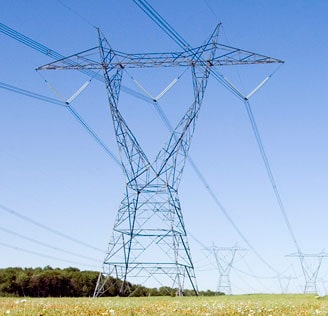Alberta’s weighted average Power Pool price for November is currently $39.44/MWh. It was another week of very minimal price activity, with an increase of $0.88/MWh or 2.3% in comparison to last week’s price of $38.55/MWh. While the Power Pool price has risen marginally, prices spiked on November 23rd between 11am and 1pm MST, causing an average market price of $147.13/MWh. Even though prices reached over $100/MWh, the occurrences were short-lived and the Power Pool price only shifted slightly. Demand in the province rose by only 0.5% from 10,018MW to 10,068MW and, while there were a few notable generator outages this past week, they did not have a significant impact to prices. Makheses, Battle River 4, Battle River 5 and Genesee 1 went offline this past week, and only Makheses and Battle River 4 have come back online since.
The weighted average Hourly Ontario Energy Price (HOEP) is currently at 1.1¢/kWh for the month of November, unchanged from last week’s settle. Prices have remained stable, despite a slight constricting of the demand/supply spread. Relative to November average levels, demand has increased nearly 5% (14,589MW), while supply is up 2% (15,942MW). Dispatchable natural gas has increased its supply (+30%, 589MW), but hydro and nuclear also increased their output (+8%, 4,049MW; +1%, 9,436MW), helping to balance the supply mix with less expensive generating sources. Other generating sources decreased their supply to the grid: wind (-10%, 1,794MW), solar (-41%, 1,794MW), and biofuel (-8%, 22MW). As colder weather begins to settle in the province, we expect HOEP to creep up closer to 1.8¢/kWh, until strong cold fronts of the winter season set in and hike prices higher. Currently, with the first Global Adjustment estimated at 11.7¢/kWh, November’s total market price is 12.8¢/kWh.
In other electricity news, the Independent Electricity System Operator (IESO) has partnered with Alectra Utilities to launch a pilot electricity market in York Region. This 10MW pilot will test new supply options that are expected to exceed local system capabilities within the next decade, by either generating electricity on site or reducing electricity use on demand. Local small-scale generation, storage, and demand response options currently only account for 10% of Ontario’s electricity production capacity. However, these growing local energy assets are changing the dynamic of power grids, as communities across North America are considering ways to defer or eliminate the need to build costly new stations. Participants in the York Region pilot include aggregated residential customers with controllable smart thermostats, small-scale generators, and select large industrial consumers.
– Mark Ljuckanov, Energy Data Analyst / Ryan Cosgrove, Energy Data Analyst








Add comment